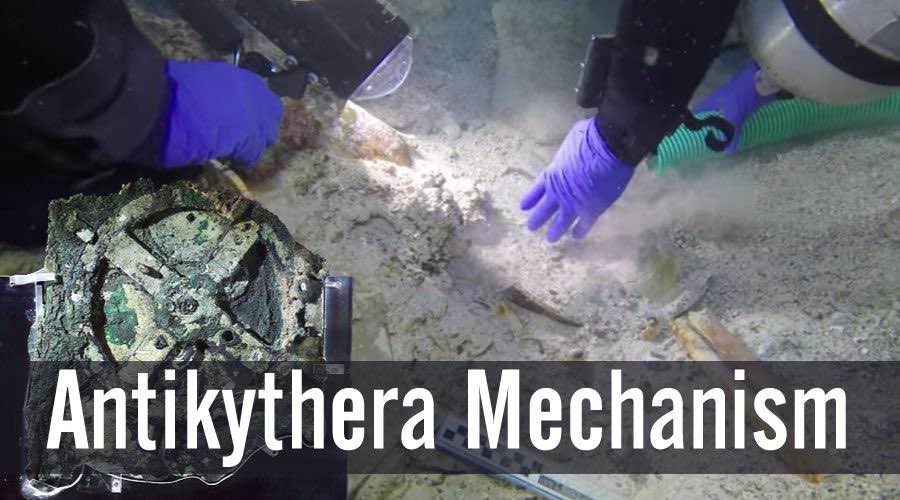Divers find human skeleton in ancient shipwreck
- by Minnie Bishop
- in Research
- — Oct 1, 2016
A powerful storm had possibly smashed the ship against the rocks.
The Antikythera shipwreck was first discovered by divers during the 1900s, sitting 50 meters underwater. Archeologists think it was destroyed after a brutal collision with the cliffs of the Greek island of Antikythera after which it is named.
The wreck Antikythera reveals a new surprise: the area where the sunken Roman ship in the first century. Over the next year, divers recovered numerous significant antiquities from the wreckage. After decades of research, scientists were able to determine that it shows the positions of the sun, moon, and planets as they move through the zodiac, predicts solar and lunar eclipses, and even marked key events such as the Pan-Hellenic games. Those facts, paired with a cup uncovered by an earlier expedition that bore the Greek name "Pamphilos", helped Foley to begin imagining details of the ship's demise. More than 115 years after its discovery, the device, and its astronomical theories, are still being studied. On August 31, an worldwide team of researchers and divers led by the Woods Hole Oceanographic Institution (WHOI) retrieved the first ancient skeleton from a shipwreck since the advent of DNA studies. Indeed, the famous Jacques Cousteau, who visited the site in 1976, brought several bone fragments to the surface. But the latest find marks the first time human remains have been recovered. However, as expected, the remains were significantly deteriorated.
Excavations in 2016 at the Antikythera Shipwreck produced a almost intact skull, including the cranial parietal bones. Fewer than two feet under a pile of pottery and sand, the scientists discovered an impressively well-preserved skeleton. By the robust shape of the bones and the teeth's lack of wear, Schoeder has already stated he believes the bones came from a young man. There were other skeletons found in the ship, but they were discovered before DNA testing was available.

Greek shipwreck bones can build ancient mariner's profile
Now, as a result of an ongoing excavation of the shipwreck, an global research team has discovered a human skeleton. He also said he is looking forward to seeing the results from the DNA analysis.
The site is the largest and oldest shipwreck found and was said to hold the remains of Greek trading and artifacts, it is located off the island of Antikythera. "We can look through his eyes at the voyage, at the wreck, at the whole first century B.C". "Maybe one of them was the astronomer who owned the mechanism".
The remains are well-preserved enough researchers may possibly extract DNA, which could shed light on the lives of the people who were aboard the large ship when it sank almost 2,100 years ago.
Florida teen says she was chased by clown at school bus stop
The department took to their Facebook page Thursday to let residents know there are no clowns stalking the neighborhood. Reports of menacing clowns scaring people have gone viral this summer, fueled by social media and copycats.



